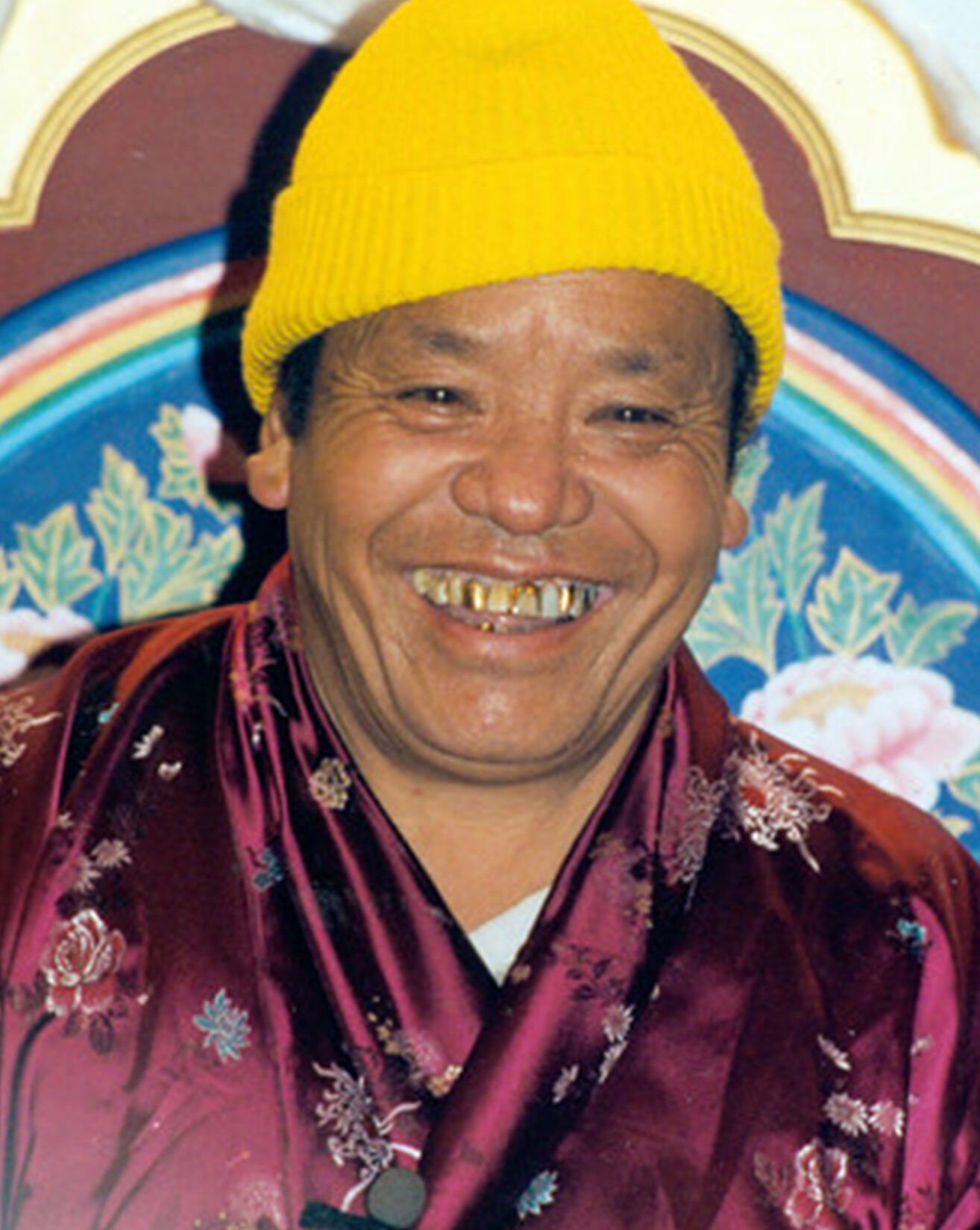Seeing our Guru as Buddha – in that way we mention specifically taking refuge in Guru
You can say more specifically: “I take refuge in Guru, I take refuge in Yidam, I take refuge in Dakini.” And “Buddha” does not mean only “Buddha Shakyamuni”, but there are many Buddhas. Guru Rinpoche, for example, is also a Buddha.










